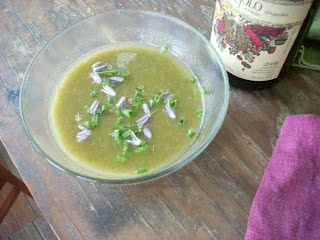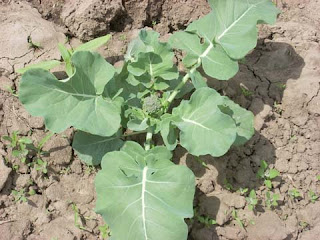While not of the astronomical type, a new solar system has set down at Fair Share Farm. The system, dreamed up by us farmers, and engineered & fabricated by Henry Rentz of Missouri Valley Renewable Energy (www.movre.com), arrived on May 11 and was put to use this week.
With all of the rain and cool weather this Spring we were beginning to wonder if we would need it at all. But a week of warm and sunny weather saw the necessity to water in our new tomato, pepper and lettuce transplants.
 The schematic shows the general, simple layout of the system. Solar panels provide the electricity needed to power an electric submersible Grundfos pump. When turned on, the pump provides irrigation water to the fields for as long as the sun is shining. When we aren’t irrigating, we can use the solar panels to charge up the batteries on our electric tractor.
The schematic shows the general, simple layout of the system. Solar panels provide the electricity needed to power an electric submersible Grundfos pump. When turned on, the pump provides irrigation water to the fields for as long as the sun is shining. When we aren’t irrigating, we can use the solar panels to charge up the batteries on our electric tractor.
With a rated flow of 25 gallons per minute, and “plenty of pressure” according to Henry, the system appears to be meeting our needs. The beauty of the system is the fact that it is “on-demand”, pumping lots of water right to the drip tape in the beds, without the need for any type of storage tank system. On Tuesday we were able to pump water to one of the higher points of the fields, while irrigating another area at the same time.
 We are looking forward to seeing just how far we can pump water, and then working up a permanent layout for our main lines. We are also going to see how large an area we can overhead water. This can be useful in getting cover crops to germinate during dry periods, as well as allowing us to foliar feed large areas with EM (beneficial bacteria).
We are looking forward to seeing just how far we can pump water, and then working up a permanent layout for our main lines. We are also going to see how large an area we can overhead water. This can be useful in getting cover crops to germinate during dry periods, as well as allowing us to foliar feed large areas with EM (beneficial bacteria).
We are still learning to enjoy the fact that we can run the system from this point on without the emissions, noise and cost of a gas-powered system. Except for additional irrigation supplies, operating the system from here on out should cost basically nothing but our time. The pond we are pumping from drains a large area and has not required a large amount of rain to fill up in the past. We are lucky to now have such a dependable and inexpensive source of water.
The little video below is of the pump controller. It shows that water is flowing (green arrows on left) and how much power the solar panels are providing in watts. On our first day, when the sun was bright and right overhead, the panels were providing 400 watts of power. We’ll see how much more we get by the first day of Summer.









